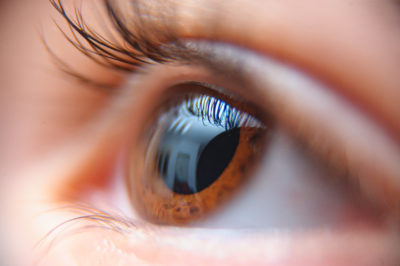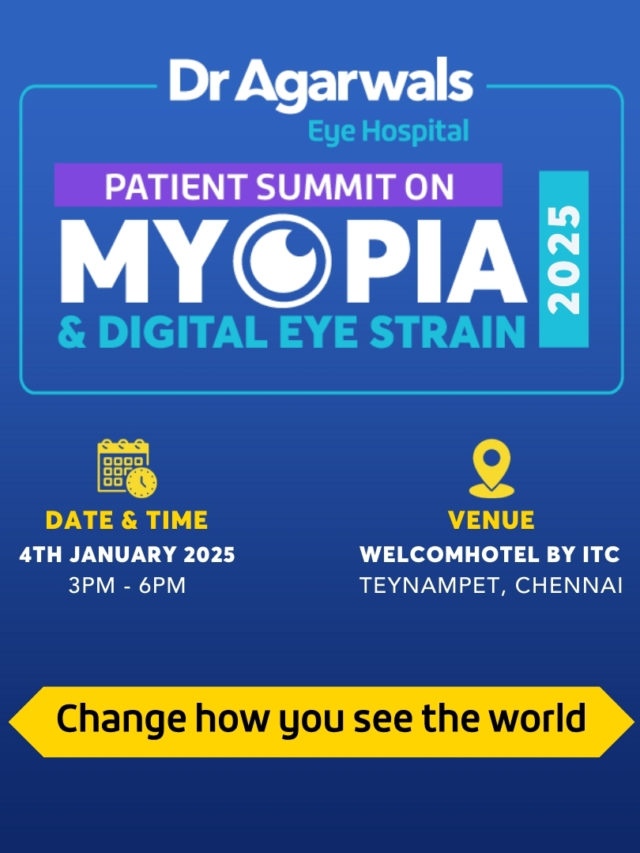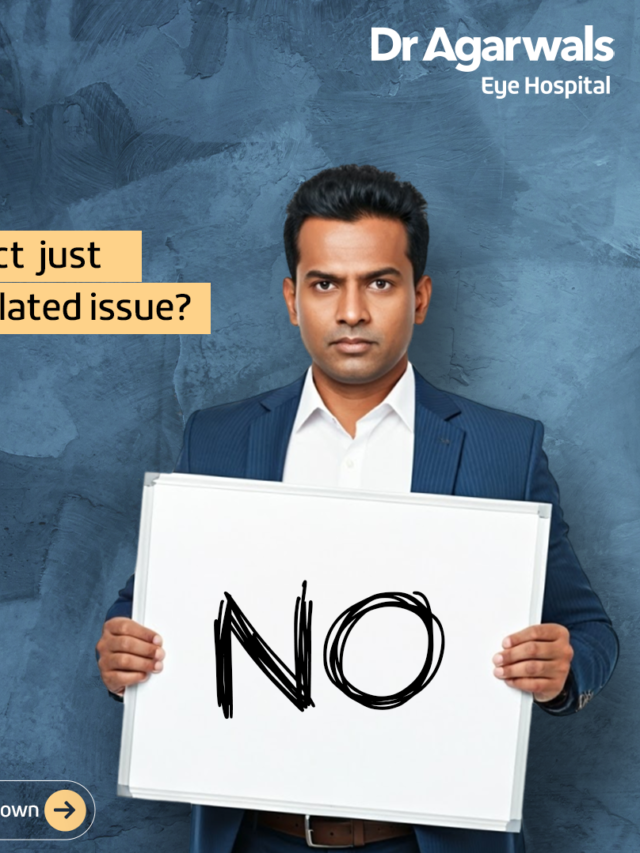The cornea, the transparent dome-shaped window at the front of your eye, plays a vital role in your vision. Acting as the eye’s first line of defense and primary focusing surface, it is responsible for about 65-75% of your eye’s optical power. But what happens when this marvel of nature doesn’t function properly? Spotting an abnormal cornea early can prevent vision loss and other complications. In this blog, we’ll dive deep into the signs of an abnormal cornea, their causes, and why taking prompt action matters.
Understanding the Cornea’s Role
Before identifying the signs of an abnormal cornea, it’s essential to understand its importance. The cornea serves three critical purposes:
- Protection: It shields the eye from dust, germs, and harmful UV rays.
- Focus: The cornea bends (refracts) light onto the retina to produce clear images.
- Transparency: Its clarity allows light to pass through unobstructed.
Given its crucial functions, even minor abnormalities can lead to significant vision issues.
Key Signs of an Abnormal Cornea
- Blurred or Distorted Vision
- If your vision is persistently blurry or objects appear distorted, it might indicate a problem with the cornea’s shape or clarity.
- Conditions like keratoconus cause the cornea to thin and bulge outward, leading to irregular vision.
- Sensitivity to Light (Photophobia)
- An abnormal cornea often results in extreme sensitivity to light. This could signal corneal swelling, inflammation, or infections like keratitis.
- Even routine activities under bright lights might feel excruciating.
- Visible Changes in the Cornea
- A healthy cornea is clear. If it becomes cloudy, develops white spots, or shows visible scarring, this is a red flag.
- Cloudiness could stem from corneal dystrophies, while white spots may point to infections like a corneal ulcer.
- Pain or Discomfort
- Persistent eye pain isn’t normal and could indicate corneal damage, abrasions, or infections.
- A scratched cornea, though minor, can lead to more severe complications if untreated.
- Excessive Tearing or Dryness
- A disrupted tear film often indicates corneal abnormalities. While excessive tearing might seem harmless, it could be a response to irritation or structural changes.
- On the other hand, chronic dryness might signal keratoconjunctivitis sicca (dry eye syndrome), which can lead to corneal damage over time.
- Foreign Body Sensation
- If you constantly feel something in your eye but can’t see or remove it, your cornea might be inflamed, scratched, or infected.
- Recurrent Eye Infections
- Frequent infections can be a sign of an underlying corneal condition, making your eye more susceptible to harmful bacteria or fungi.
- Poor Night Vision
- A damaged cornea scatters light entering the eye, making it difficult to see in low-light conditions. Halos or starbursts around lights at night might also occur.
Common Causes of Corneal Abnormalities
- Injuries and Trauma
- Accidental scratches, burns, or contact lens overuse can damage the cornea, causing discomfort and scarring.
- Infections
- Bacterial, viral, or fungal infections like herpes simplex keratitis can lead to corneal inflammation and ulcers.
- Genetic Disorders
- Conditions like Fuchs’ dystrophy or keratoconus often have a genetic component.
- Autoimmune Diseases
- Diseases such as rheumatoid arthritis can cause corneal thinning or inflammation (scleritis).
- Nutritional Deficiencies
- A lack of Vitamin A can result in xerophthalmia, leading to corneal dryness and eventual scarring.
- Aging
- As you age, the cornea may lose some of its clarity, leading to a higher risk of dystrophies or other issues.
How to Address Corneal Issues?
Early Diagnosis is Key
Regular eye exams are crucial for detecting abnormalities before they worsen. Ophthalmologists use tools like slit-lamp exams, topography, and pachymetry to assess the cornea’s health.
Treatment Options
- Medications: Antibiotics, antivirals, or anti-inflammatory drops are often prescribed for infections or inflammation.
- Corneal Cross-Linking: A treatment for keratoconus that strengthens the cornea using UV light and riboflavin drops.
- Surgical Interventions: In severe cases, a corneal transplant or laser surgeries like PRK may be necessary.
- Lifestyle Changes: Protecting your eyes from UV rays, quitting smoking, and maintaining good hygiene can reduce risks.
When Should You See an Eye Doctor?
If you experience any of the above symptoms for more than a day or two, it’s time to visit an eye care professional. Waiting too long can exacerbate the problem, potentially leading to permanent vision damage.
Interesting Facts About the Cornea
- The cornea is one of the most highly innervated tissues in the body, which is why even minor injuries feel so painful.
- It regenerates quickly, with minor scratches healing within 24-48 hours.
- Corneal transplants have one of the highest success rates of any transplant surgery.
Preventing Corneal Issues
- Wear Protective Eyewear: Safety goggles can prevent injuries from flying debris or harmful chemicals.
- Practice Good Contact Lens Hygiene: Clean lenses properly, replace them as directed, and avoid overwearing.
- Limit Screen Time: Prolonged screen use can lead to dry eyes, impacting corneal health.
- Eat a Balanced Diet: Foods rich in Vitamin A, like carrots and leafy greens, are essential for eye health.
- Regular Eye Exams: Early detection is crucial for managing corneal conditions effectively.
A Vision for the Future
Your cornea is more than just a window to the world; it’s a protector, a focusing lens, and a marvel of biology. Paying attention to its health ensures you can see the beauty around you clearly and for years to come. If you notice any signs of an abnormal cornea, don’t ignore them. After all, your eyes are priceless, and a little care goes a long way.









